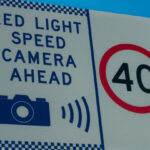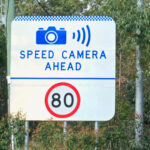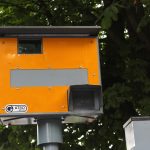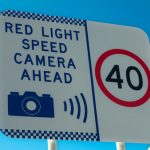How Do Mobile Speed Cameras Work in New South Wales?
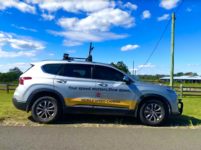
The New South Wales road toll has escalated to 106 deaths to date in 2024 – up from 90 for the same period last year.
The figures suggest that 367 lives have been lost on the State’s roads in the past 12 months, 89 more than the previous year.
The rise has been used to justify a recent decision made by Transport for NSW to double the number of mobile speed camera locations across the state over the next 12 months, with an additional 2,700 locations to be earmarked as detection sites.
But while some have welcomed the move, others see it as a revenue raising move which has little if anything to do with road safety.
The additional sites
The locations of the additional sites have not yet been determined by Transport for NSW, which says the decision will be primarily made based on records of collisions.
The organisation says that as part of the scoping process, the public will be invited to submit location suggestions for consideration, and it will also be liaising with local councils to determine risky spots.
Locations will ultimately be published on the Centre for Road Safety’s website.
Regime’s costs will not escalate commensurately, but fines are likely to
The authority says that around 21,000 hours is spent each month to facilitate the implementation and enforcement of the state’s mobile speed camera regime. It claims the rollout will not be accompanied by a significant rise in these costs, due to economies of scale.
The claim adds substance to voices that the cameras are yet another revenue raising scheme, with road safety being used as an excuse to add to state coffers.
How do mobile speed cameras work?
Both fixed and mobile speed cameras purport to accurately detect the speed a vehicle is travelling through the use of approved electronic sensors and devices.
In the event a vehicle is suspected of speeding, a digital image is recording which seeks to capture the vehicle and its number plate.
The images also record the time, date and location of the alleged offence, the speed of the vehicle and applicable speed limit, and the direction in which the vehicle was travelling and lane it was in.
But while fixed speed cameras are able to detect speed in both directions, mobile speed cameras currently detect speed in one direction only.
Mobile speed camera sites are currently required to have a least two portable warning signs on approach.
Speeding offences
Speeding offences are taken seriously in New South Wales, with penalties including hefty fines, demerit points and even immediate driver licence suspension for driving more than 30kp/h over the limit (3 months) or more than 45km/h over the limit (6 months).
Penalties for speeding offences are primarily determined by the number of kilometres a vehicle was travelling in excess of the speed limit, as well as whether the incident occurred in a school zone and if it was during a double-demerit point period.
In the event a driver licence appeal is lodged in a Local Court against a speeding offence admitting guilt but seeking leniency, the Magistrate will consider a range of additional factors including the specific circumstances of the offence such as the reason for speeding, the person’s driving history and need for a driver licence.
Speeding offences can also be disputed on the basis the offence did not occur – in other words, the driver or rider was not speeding – and, in the event the prosecution is unable to prove the offence beyond a reasonable doubt, the charge will be dismissed and there will be no penalties at all.
But before electing to take a speeding allegation to the Local Court, a driver or rider will often choose to request a review through Revenue New South Wales.
Special circumstances which resulted in a driver speeding will be taken into consideration. These include, but are not limited to: a personal emergency such as a medical emergency. Other factors such as illness including mental health and trauma may be taken into consideration, providing you are able to submit appropriate material to support the request.
Speed is the number one killer on our roads
The fact remains, however, that speeding is also the single biggest factor of road fatalities in New South Wales, contributing to around 40% of fatalities each year.
Speeding not only increases the risk of a crash, but adds to the severity of impact. And if a crash is severe, causing death or injury to others, a driver can be charged with other criminal offences such as negligent driving or even dangerous driving.
Seeking advice for a speeding offence?
If you have been issued with a penalty notice for speeding and would like advice about your options, call Sydney Criminal Lawyers anytime on (02) 9261 8881 to arrange a conference over the phone, by Zoom or at one of our offices in the Sydney CBD, Parramatta, Sutherland or another location across the Sydney Metropolitan Area and beyond.
Our experienced traffic lawyers will be able to provide you with accurate advice regarding your options and the optimal way forward, and fight for the best possible outcome.
We offer a fixed fee service for all speeding offences.


